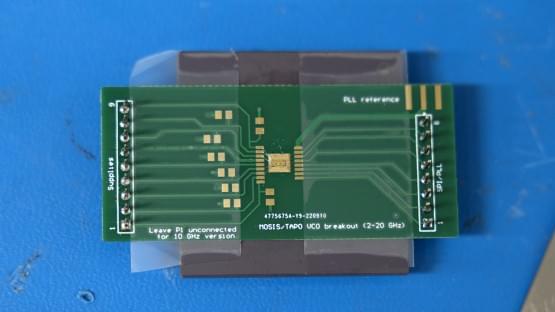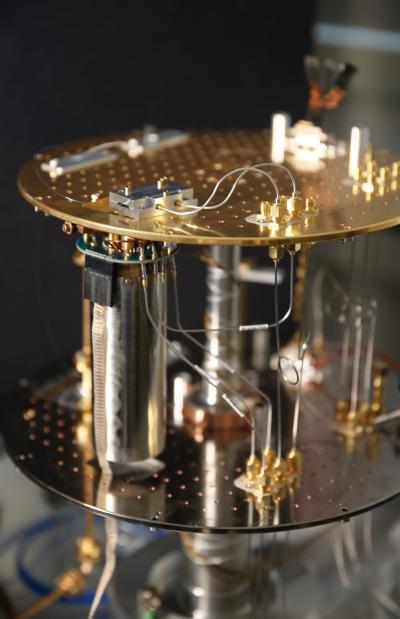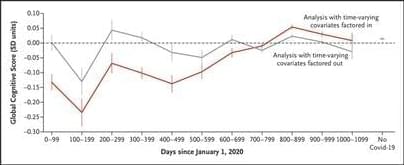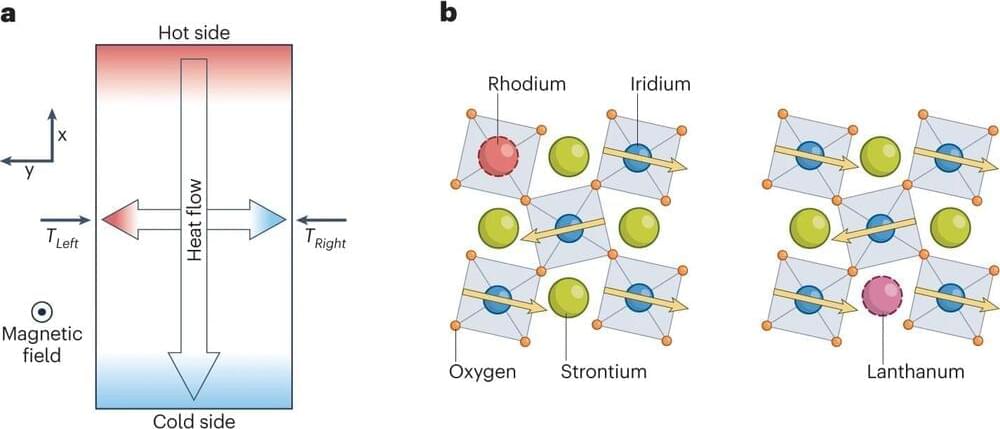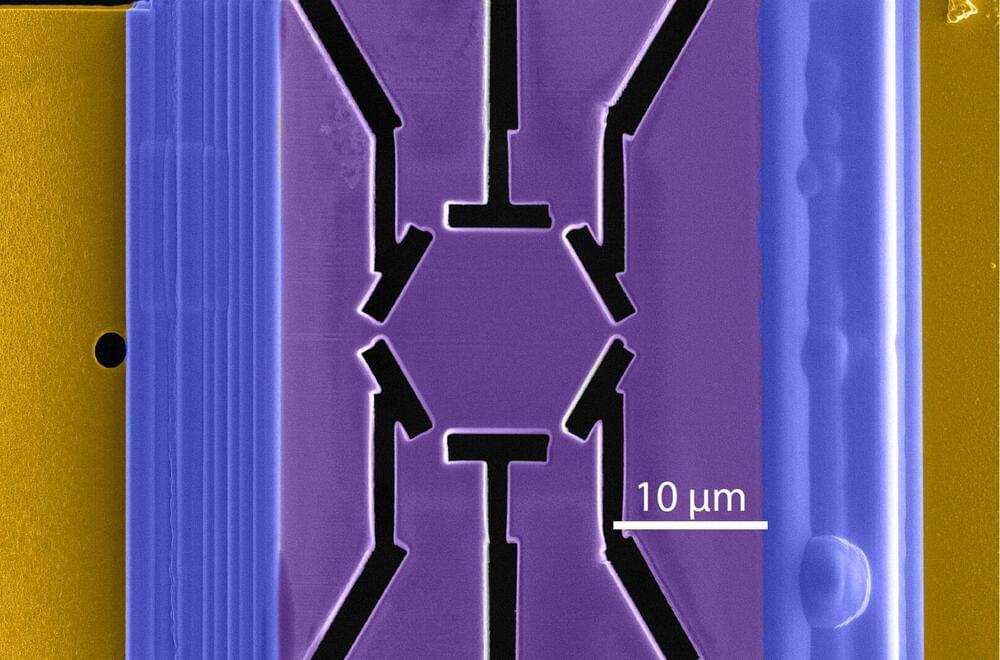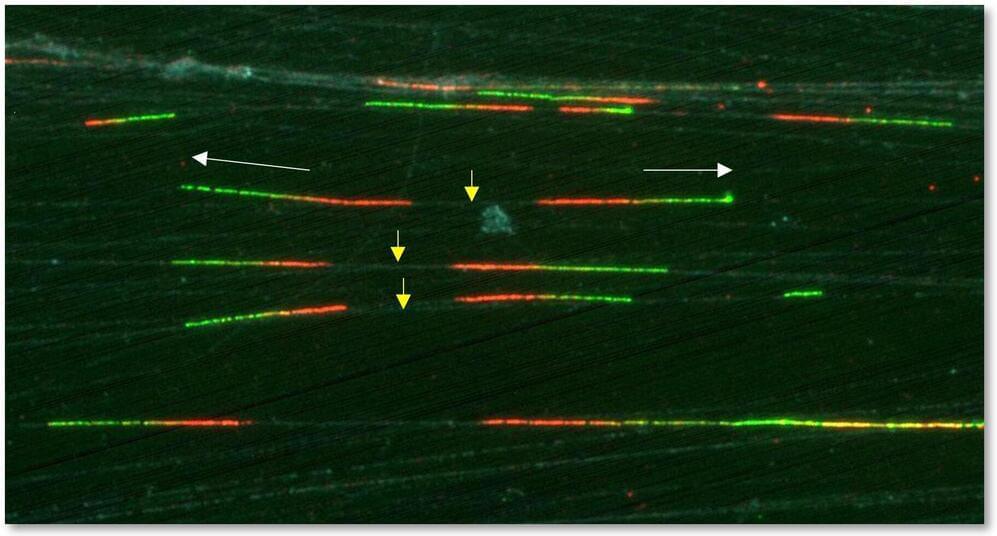Mar 9, 2024
Researchers’ approach may protect quantum computers from attacks
Posted by Shailesh Prasad in categories: quantum physics, robotics/AI, security
Quantum computers, which can solve several complex problems exponentially faster than classical computers, are expected to improve artificial intelligence (AI) applications deployed in devices like autonomous vehicles; however, just like their predecessors, quantum computers are vulnerable to adversarial attacks.
A team of University of Texas at Dallas researchers and an industry collaborator have developed an approach to give quantum computers an extra layer of protection against such attacks. Their solution, Quantum Noise Injection for Adversarial Defense (QNAD), counteracts the impact of attacks designed to disrupt inference—AI’s ability to make decisions or solve tasks.
The team will present research that demonstrates the method at the IEEE International Symposium on Hardware Oriented Security and Trust held May 6–9 in Washington, D.C.


